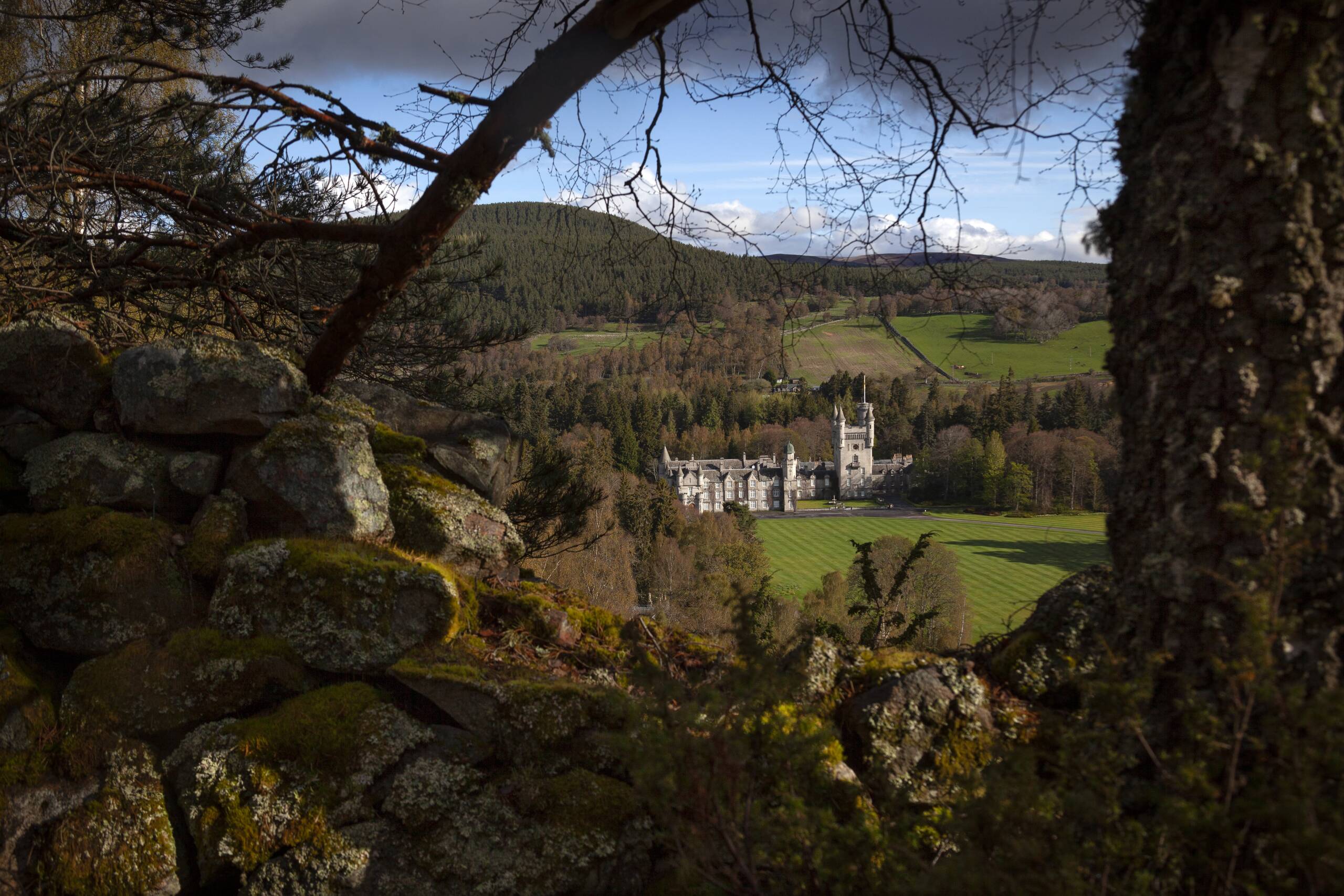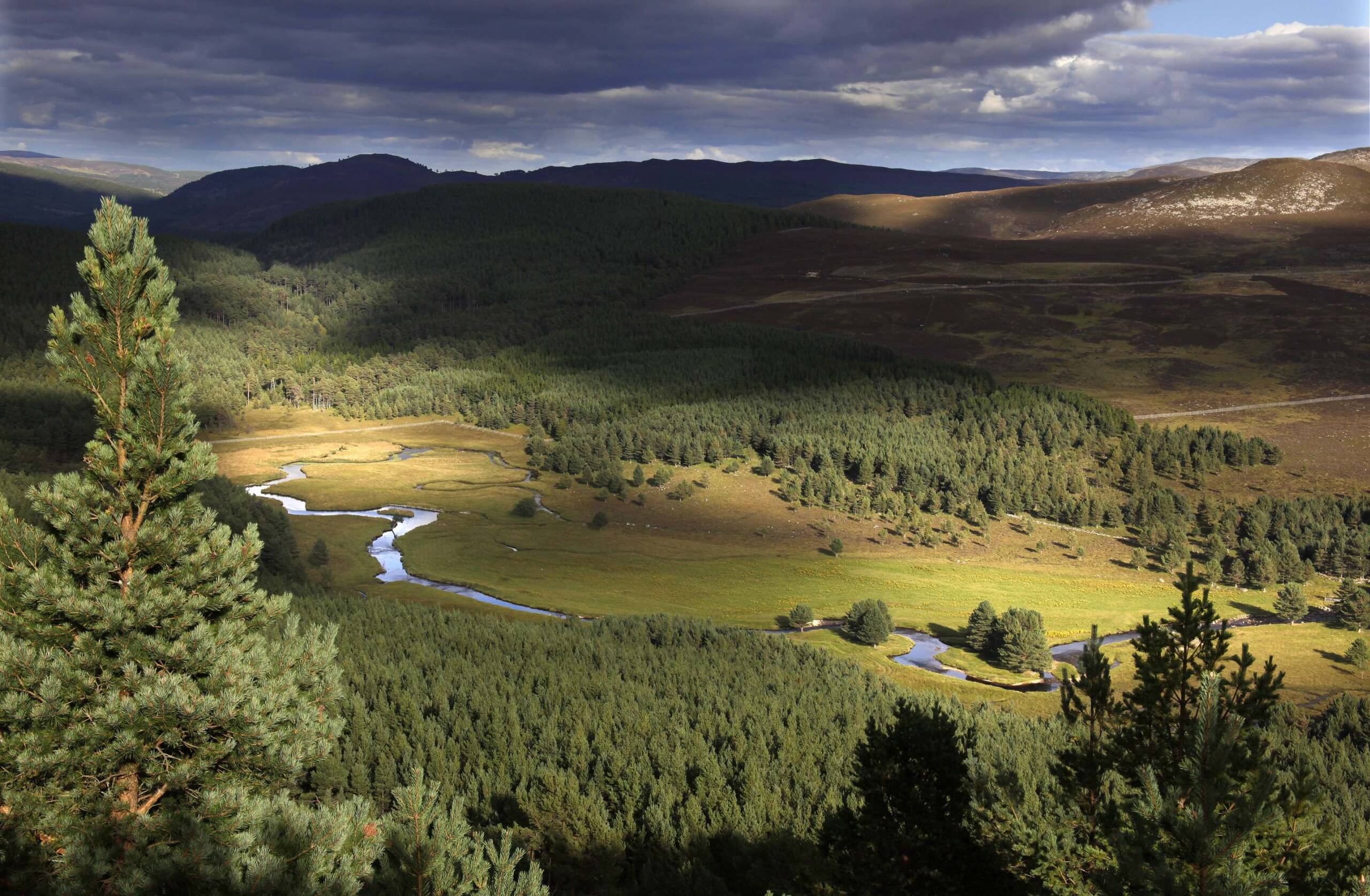
Nature & Conservation
Balmoral Castle and its expansive estate, nestled in the heart of the Scottish Highlands, is not only a royal residence but a beacon of natural conservation and sustainability.
The efforts to protect and preserve the natural beauty of not only Balmoral, but the River Dee and the wider Cairngorm’s National Park, ensures that this majestic landscape remains pristine for generations to come.
From restoring native woodlands, maintaining the health of rivers and wildlife, and supporting local mountaineering groups, Balmoral is a testament to the harmonious co-existence of nature and human habitation.
Wildlife
Balmoral Estate is a haven for a diverse array of wildlife.
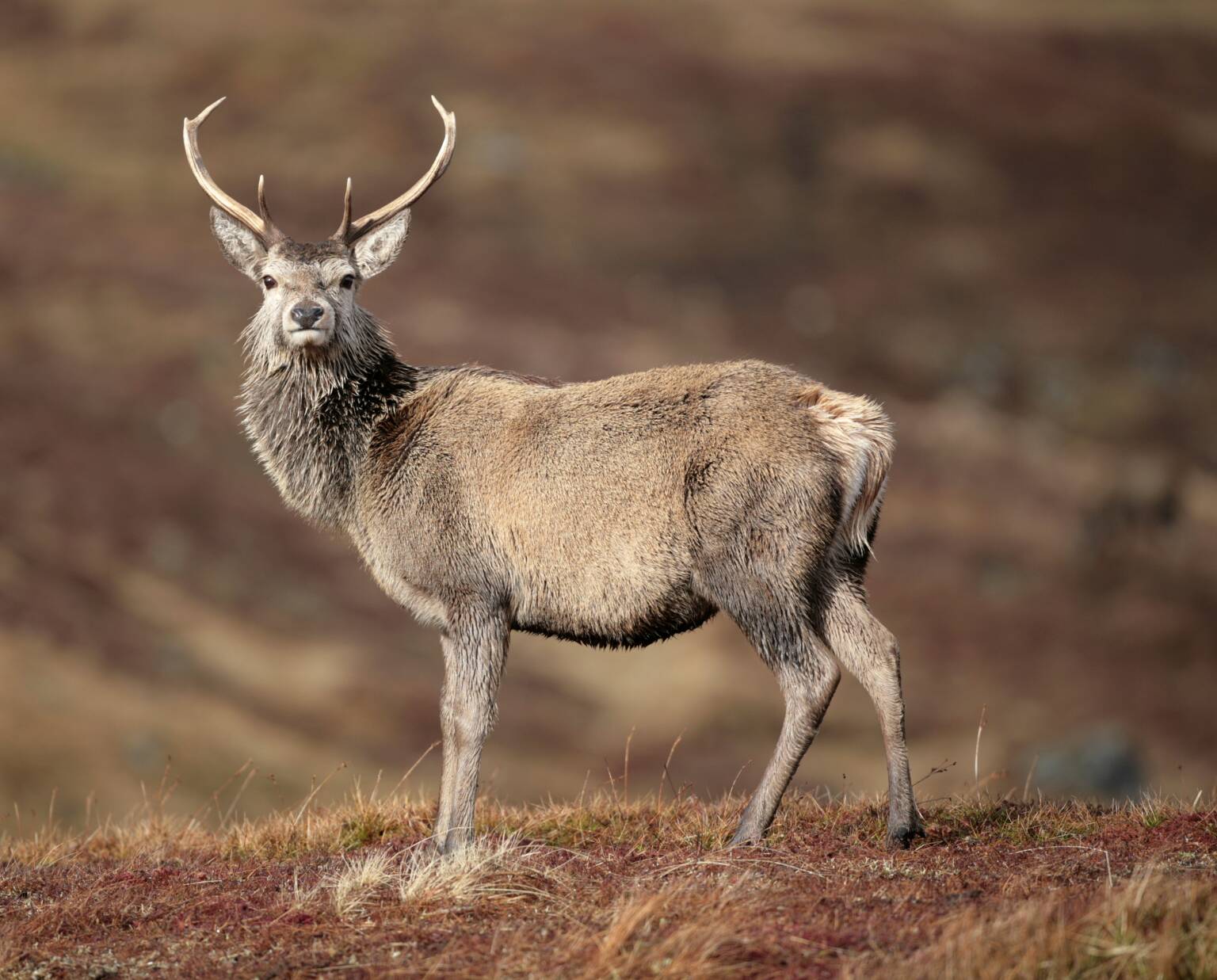
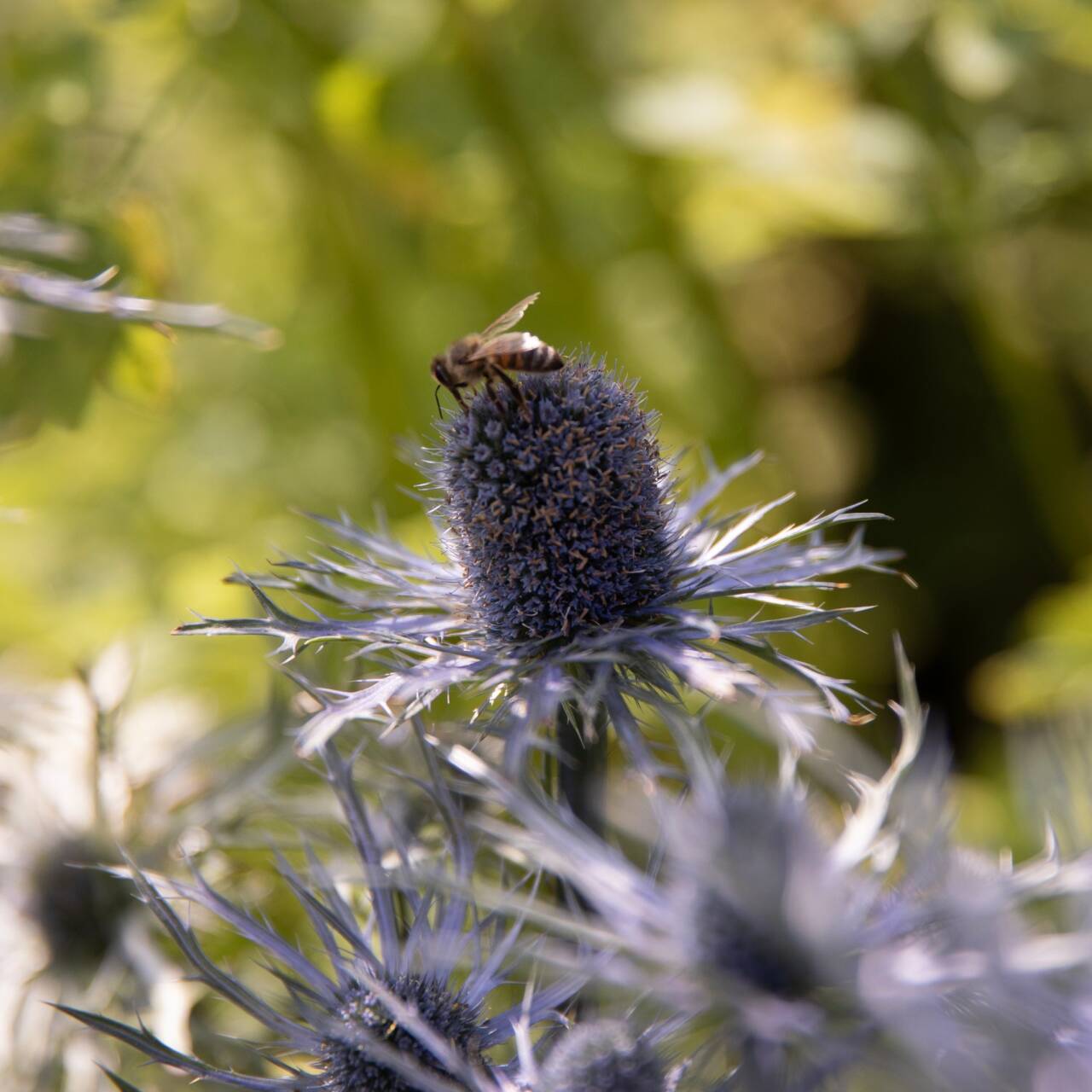
Roaming the hills and forests, visitors can spot majestic red deer, whose presence adds a touch of wild grandeur to the landscape.

Capercaillie
The elusive capercaillie, a rare and magnificent bird, also calls Balmoral home, highlighting the estate's role in protecting endangered species. 80% of the UK’s capercaillie population reside in the Cairngorms National Park, making this area an incredibly important place for conservation.
Red Squirrels
Playful red squirrels dart through the trees, their presence a heartening sign of successful conservation efforts to protect them, and a sight loved by all who visit.
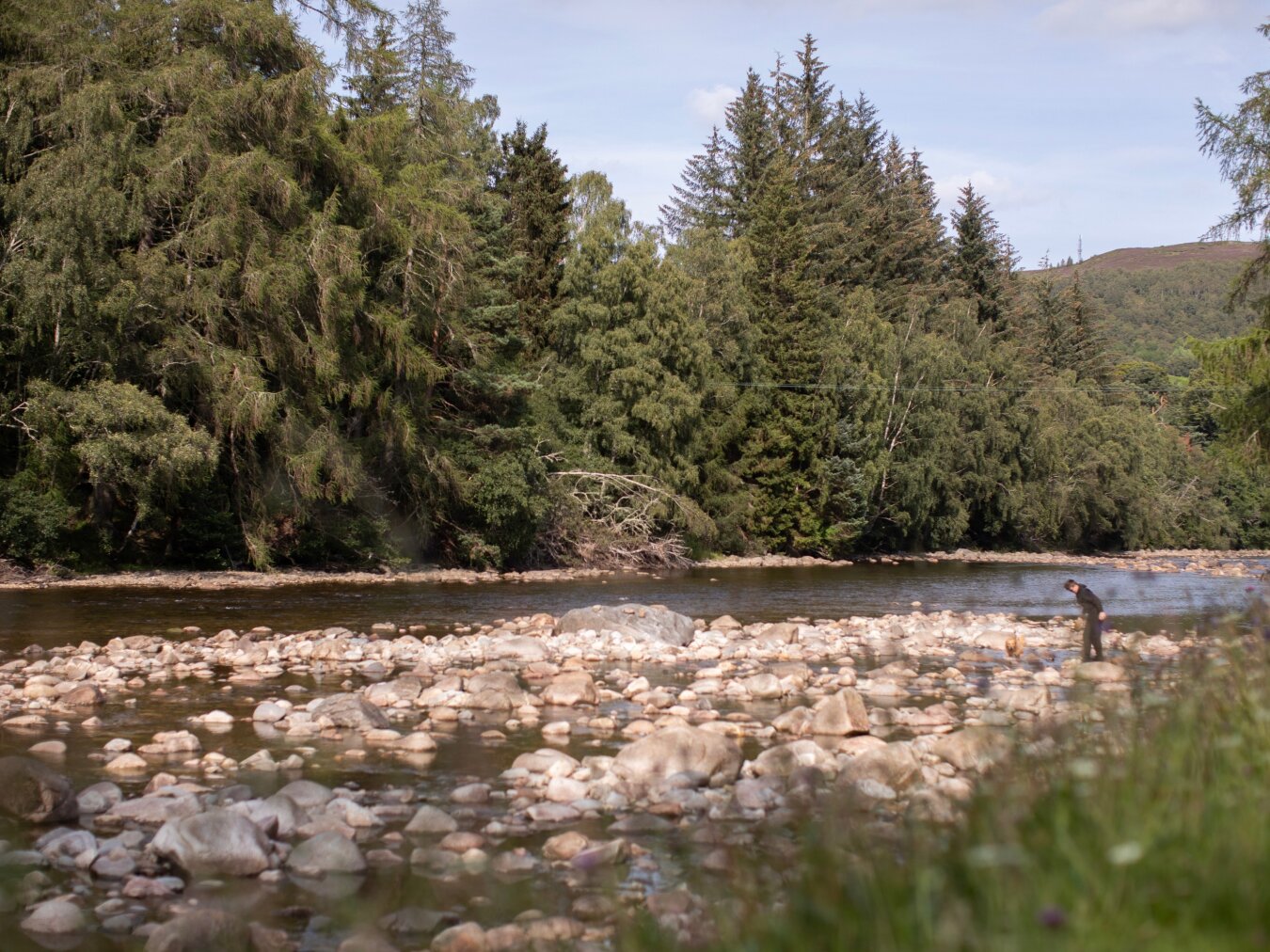
Salmon
Spot the salmon leaping in the rivers. An important keystone species within the Highlands, salmon are essential for the balance of the whole ecosystem of the Estate, as well as Scotland more broadly. The River Dee Trust operates a catch and release policy on all salmon caught in the river, safeguarding the species’ continued conservation.
Pine Martens
Pine Martens are a delightful sight around the Estate; that is, if you are lucky enough to spot them. Members of the mustelid family, Pine Martens are native to Scotland and can be found throughout the Highlands and Lowlands.
Birds of Prey
Take your eyes from the forest floor to the skies to catch a glimpse of some of Scotland’s most impressive birds of prey, including Golden Eagles, Osprey, Barn and Tawny Owls and Hawks.
Scottish Wildcats
More widely across the Cairngorms, conservation efforts are helping to increase the numbers of Scottish Wildcats, with Balmoral potentially making a vibrant and dynamic environment for the mammals at some point in the future.
Each species, from the largest deer to the smallest squirrel, plays a vital role in the ecosystem, making Balmoral a vibrant and dynamic environment.
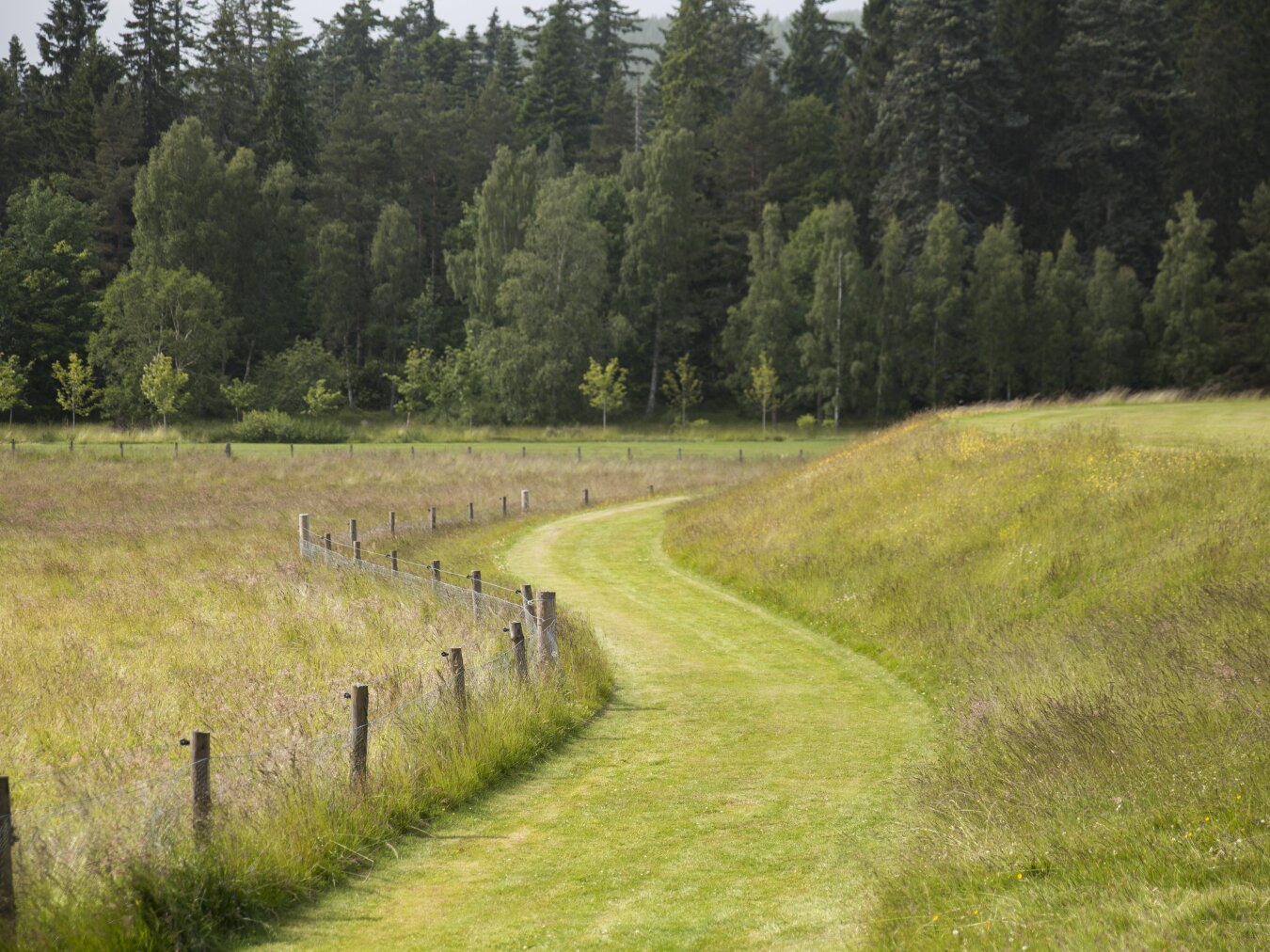
Conservation efforts
Conservation is at the heart of Balmoral. Efforts to protect the natural heritage are extensive, encompassing a range of initiatives designed to support wildlife and maintain the estate’s ecological balance, in line with His Majesty’s passion for the environment.
One notable project is the Squirrel Cam, which allows the public to observe red squirrels in their natural habitat, raising awareness and fostering a connection between people and wildlife.
Particular attention is given to the endangered capercaillie. Balmoral's ranger team work tirelessly to create suitable habitats and minimise human disturbances, ensuring that these magnificent birds have a fighting chance to thrive for generations to come.
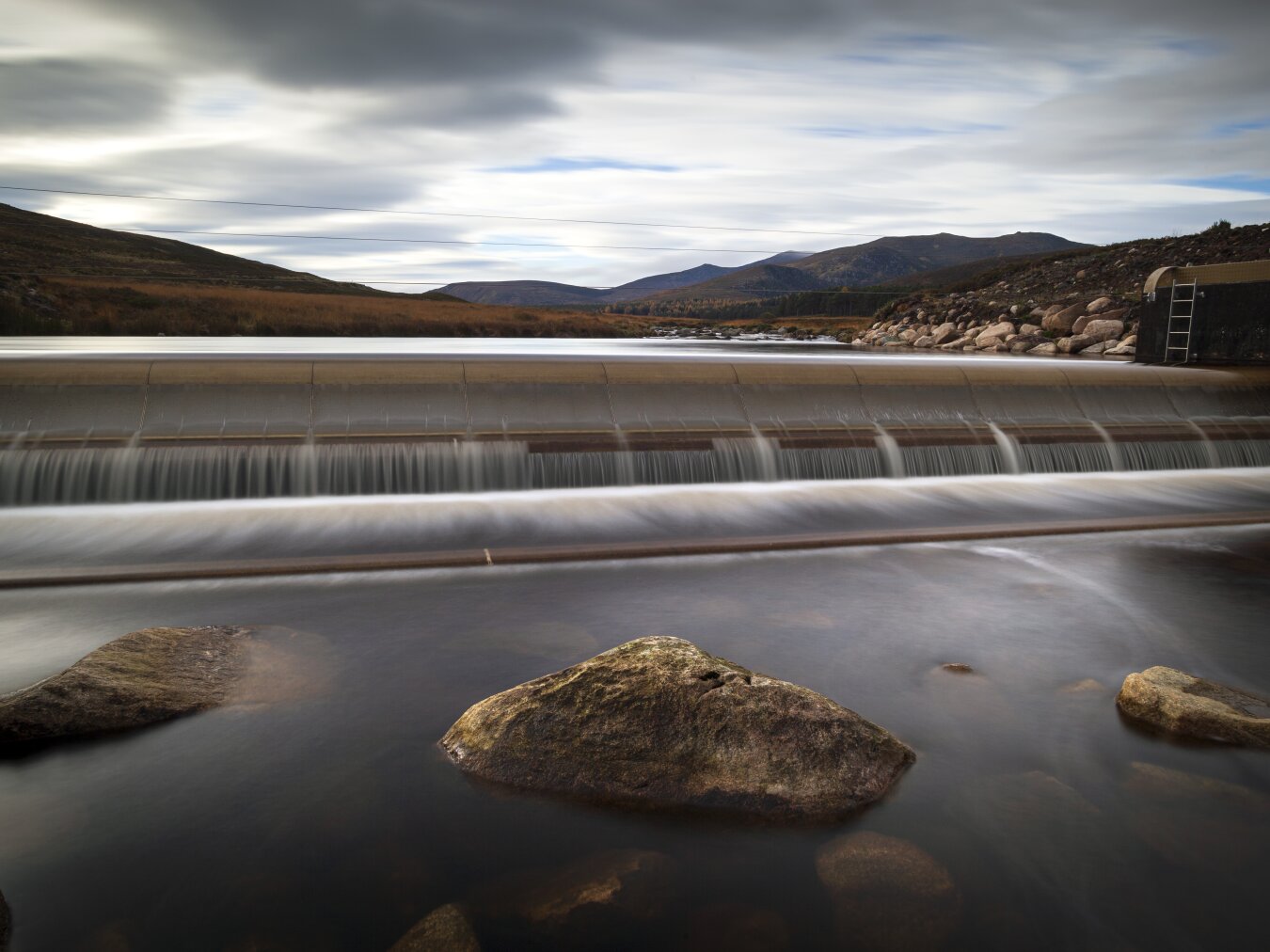
Sustainable energy
Balmoral Castle and its estate are not just historic landmarks but pioneers in sustainable energy.
Harnessing the power of nature, the estate generates hydroelectricity, providing a sizeable portion of its power needs. By using renewable energy sources, Balmoral sets an example for sustainable living, demonstrating that it is possible to honour tradition while embracing modern, eco-friendly practices.
The Game Larders
Hunting has been a part of Balmoral’s heritage for centuries, and today, it is conducted with a keen emphasis on sustainability.
The Game Larders at Balmoral, which pre-date the existing castle, are a testament to this approach, where the practice of hunting is carefully managed to ensure ecological balance.
There is a lack of natural predators of deer in the area due to human interventions, which is why it is so critical that we play our part in maintaining the ecosystem responsibly.
Only the surplus populations of species such as deer are targeted, which helps maintain healthy wildlife numbers and prevents overgrazing of native flora and fauna.
This sustainable approach not only supports the estate’s biodiversity but also provides organic, locally sourced game for our restaurant and leather good used in our gift shop, embodying the principles of ethical and responsible field-to-fork consumption.
Stay Informed
Sign up to our newsletter today and be the first to receive exclusive updates on events, experiences, and special offers at Balmoral Castle and Estate.
